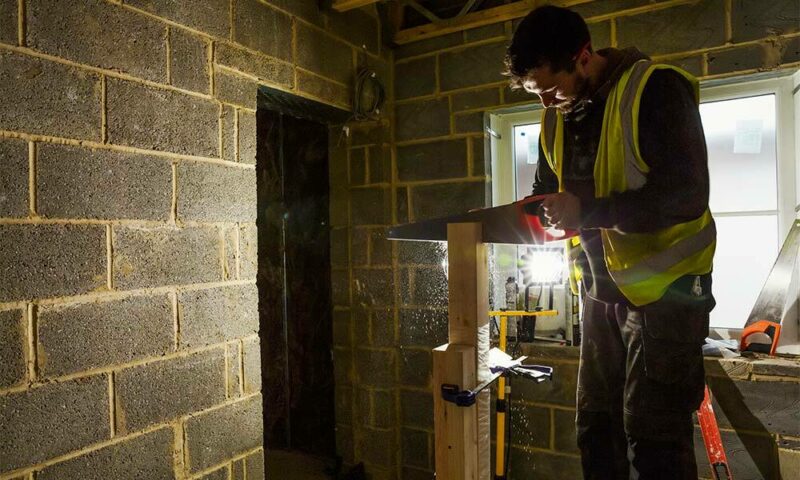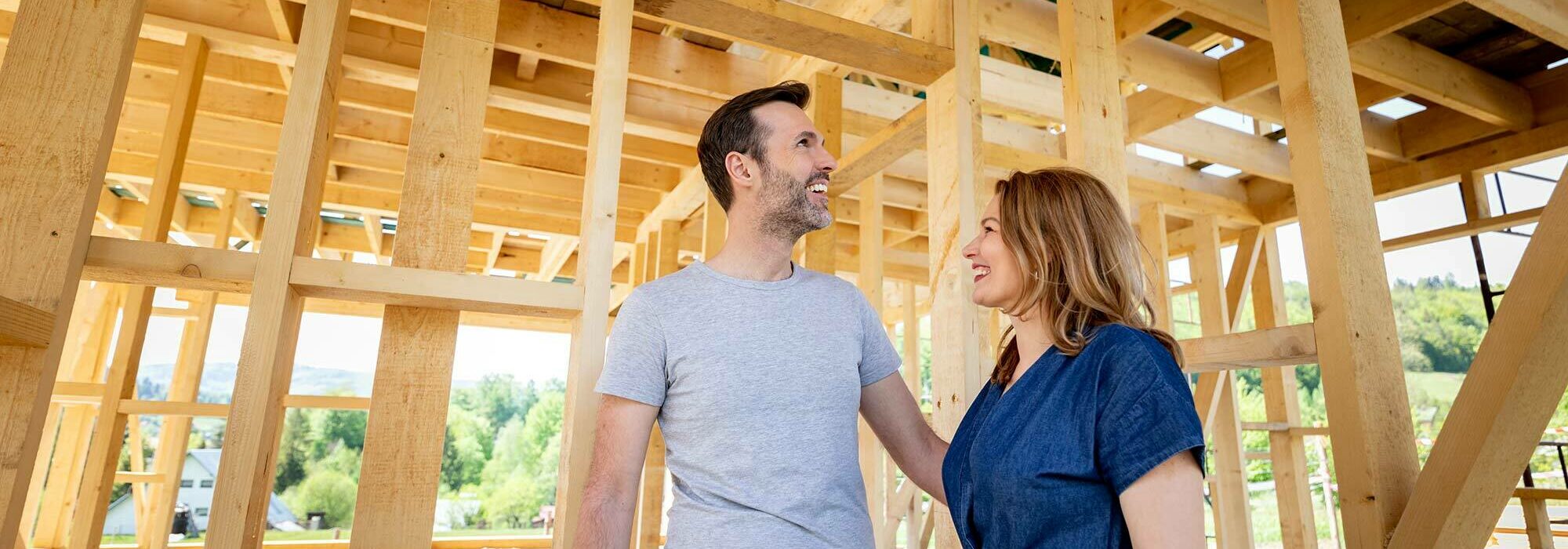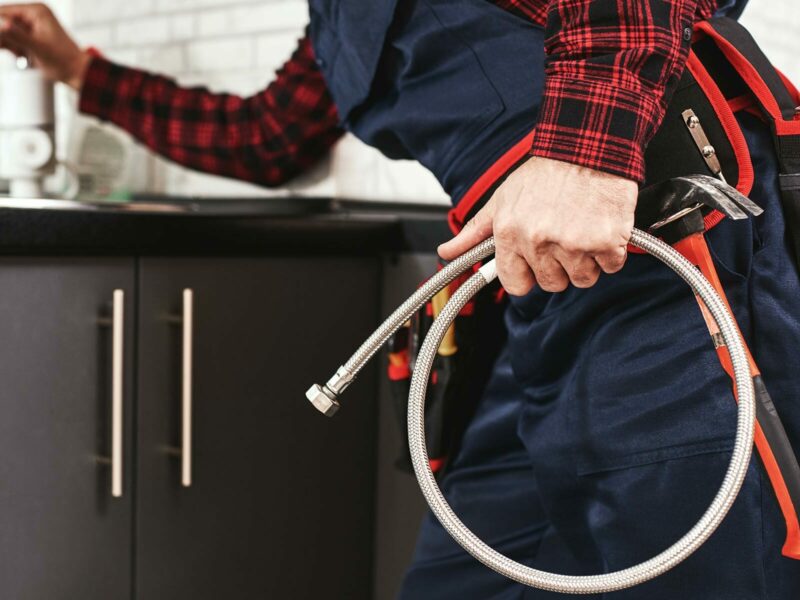Article Excerpt
Builders have come a long way from thatch and clay - but these builders have gone way outside the box, using unheard-of materials to create structures!
Sometimes a daring builder decides to try an unconventional material. Read on for a few examples of houses and other buildings that have gotten creative, along with some thoughts on why sticking to tried-and-true building materials is usually the right idea.
Don’t expect any of these to pass inspections for a normal mortgage loan!
» READ MORE: What Happens During a Home Inspection?
Standard Building Matterials
Let’s begin with a word of caution. Wood, brick, concrete, and stone have a long track record of success in the homebuilding field. They are generally sturdy and stable in every kind of weather that we see in Texas. When you have a house built from standard materials, you can benefit from the expertise of countless professionals, including homebuilders, framers, roofers, stonemasons, plumbers, and electricians, to name but a few. Their expertise may not easily translate to homes that use other materials.
Homes that use alternative materials have varying degrees of success. Many are purely experimental, and not really intended for widespread use in homes. Others are more for show than anything else, or they are probably out of most people’s price range. Finally, some building materials might work great in one climate but would be disastrous elsewhere.

Unusual Building Materials
Now let’s set caution aside and take a look at some unconventional materials used to build homes and other buildings around the world!
Salt - Bolivia
Western Bolivia is home to the world’s largest salt flat, the Salar de Uyuni. Salt flats form in desert environments when water cannot flow out of a basin. Over time, the water evaporates and leaves salt and other minerals behind.
Tourists who want to visit the world’s largest flat expanse of salt can stay at the Palacio del Sal, a hotel that uses locally-sourced materials. The hotel is reportedly built almost entirely out of salt bricks. In case you’re wondering, guests are strongly discouraged from licking the walls. Moisture is this hotel’s enemy. Since this particular salt flat borders the Atacama Desert, the driest desert in the world, it is a good location for a salt hotel. The humid weather in Texas would be far less accommodating.

Straw Bales - Oregon
An Oregon couple built “the first load-bearing straw-bale house in Central Oregon” back in 2005. They stacked ryegrass straw bales on a cement floor to create the walls of the three-bedroom, 3,100-square-foot house, anchored them with rebar, and used wood beams for the roof. They compressed the straw bales ahead of time to prevent them from settling. They then placed chicken wire over the straw and coated it in clay-plaster stucco. Electrical wiring and plumbing run through the bales.

Newspaper - The Netherlands
We’ve made paper out of wood for centuries. It’s now possible that we can reverse that process. NewspaperWood is the invention of a Dutch designer. It consists of stacks of newspaper glued together and rolled into tight “log” shapes. When cut or chopped, the individual sheets of paper produce a texture similar to the rings of a tree. Although it does not appear that anyone has attempted to use NewspaperWood to build an entire structure, it has been used to create furniture.

LEGO - England
Plastic LEGO bricks have brought immeasurable joy to children and adults alike for decades. It was probably only a matter of time before someone decided to scale a LEGO house up to the size of an actual house. In 2009, an English television presenter set out to do just this on a wine estate in Surrey.
He didn’t build the entire house out of LEGO, mind you. LEGO bricks are not designed to bear much weight. They are also quite expensive in bulk. Instead, the LEGO bricks comprised the walls around a wooden frame. Unfortunately, the home was not long for this world. It was demolished in September 2009, only a few months after it was built.
![Photo by Peter Trimming on Wikimedia Commons [Creative Commons] House made of LEGOs in England among the trees.](/images/articles/_generalPhotoStandard/lego.jpg)
Photo by Peter Trimming on Wikimedia Commons [Creative Commons]
Beer Bottles - Thailand
Anti-littering campaigns have used a variety of slogans and gimmicks to encourage people to pick up waste. A group of monks in Thailand decided to make something out of the empty beer bottles littering their area. In 1984, they started collecting Heineken and Chang bottles and encouraged others to bring empty bottles to them.
Over the next two years, they turned these into a temple known as Wat Pa Maha Chedi Kaew, which literally translates to “Wilderness Temple of the Great Glass Pagoda.” They have since expanded the site to include more than twenty buildings constructed with empty beer bottles. They reportedly plan to keep building.
Ready to become a homeowner?
Maybe you’d like a unique, eclectic home - as long as it’s not made of beer bottles. The friendly advisors at The Wood Group of Fairway will help find your best mortgage option so you know exactly what’s in the cards for you.
See what you qualify for by answering a few easy questions online!



